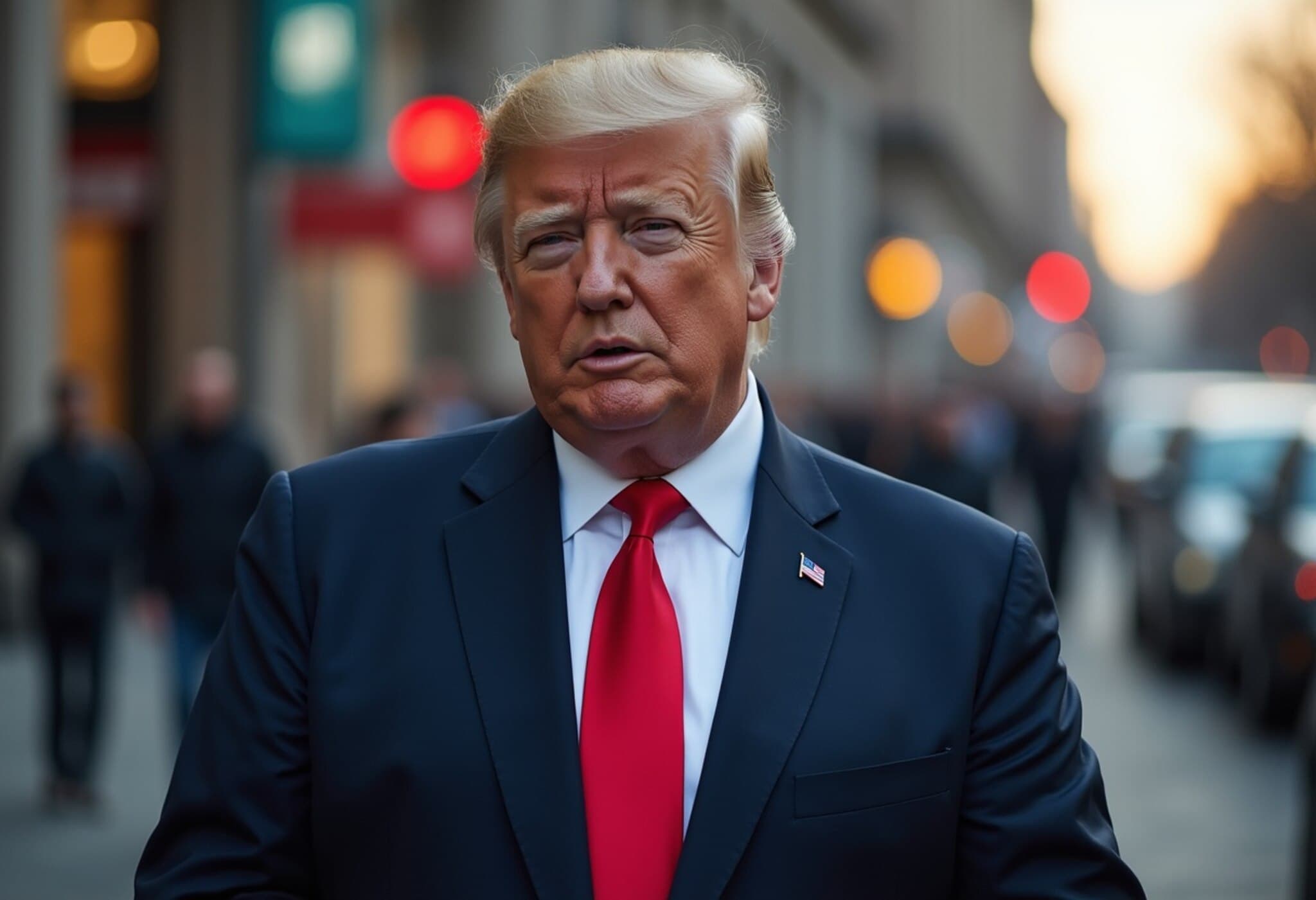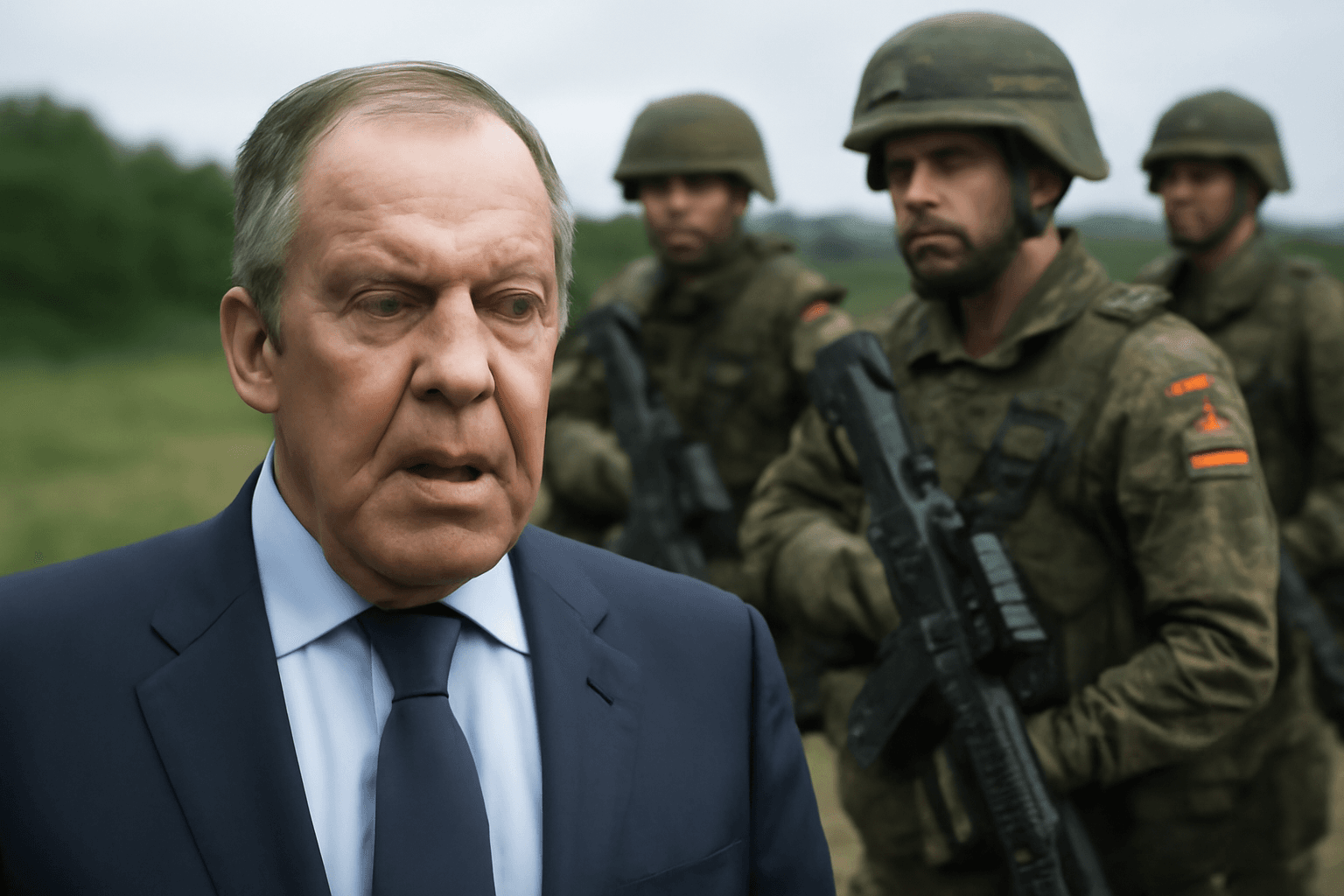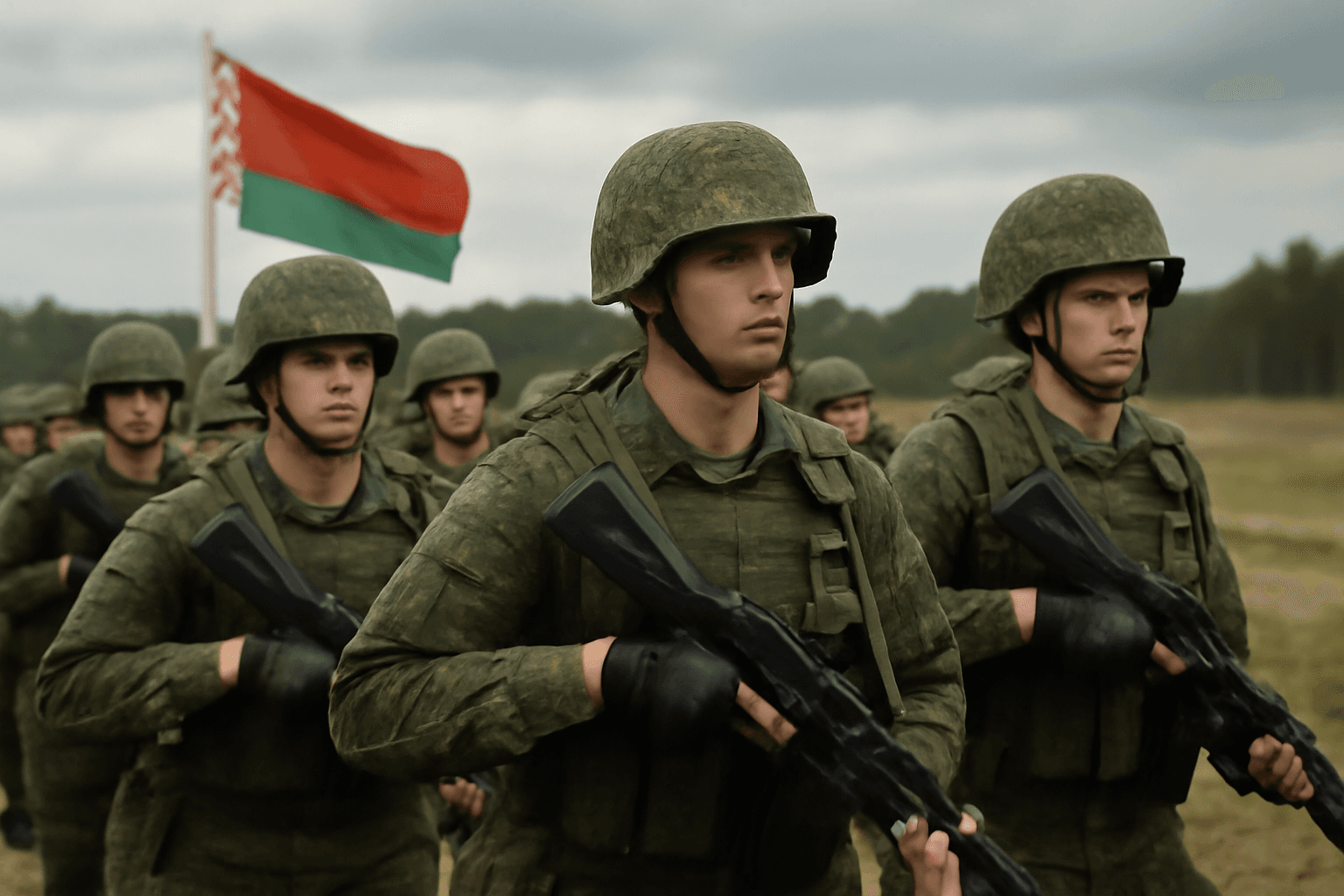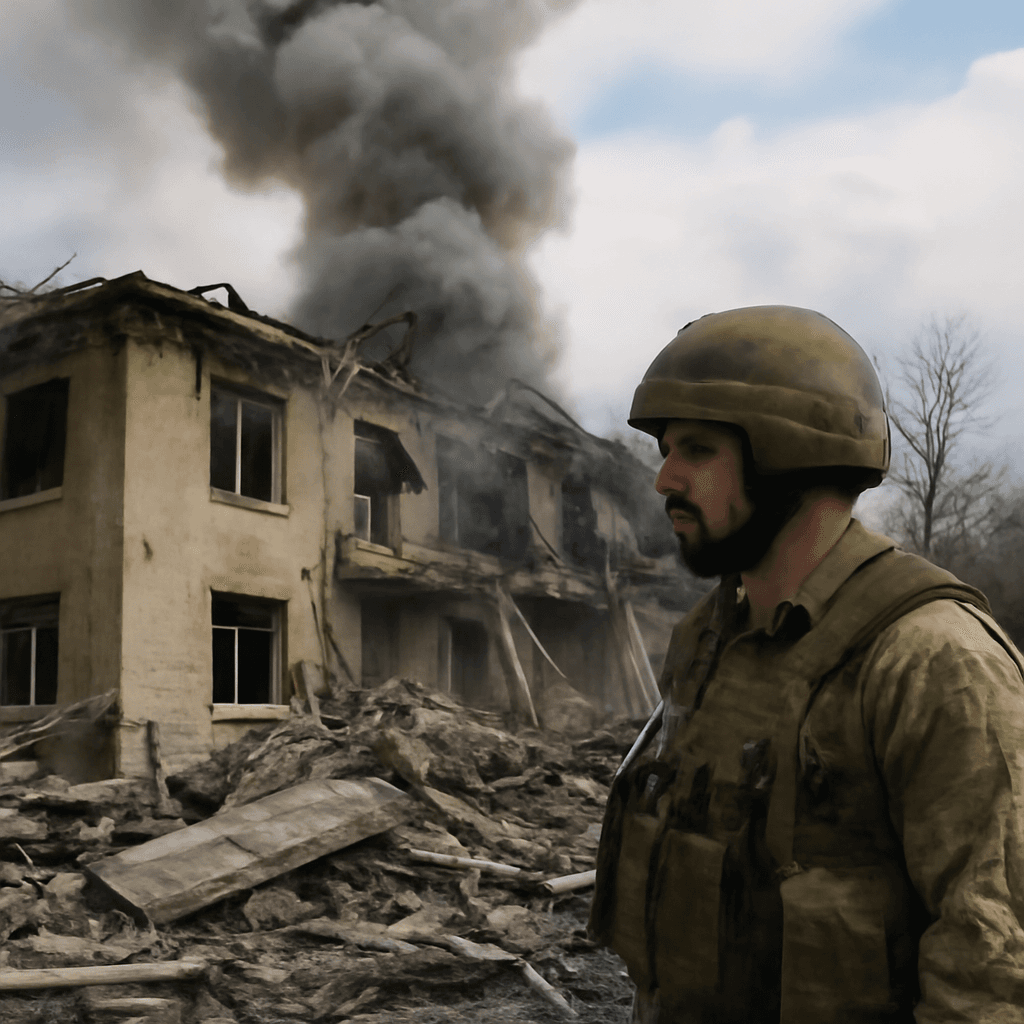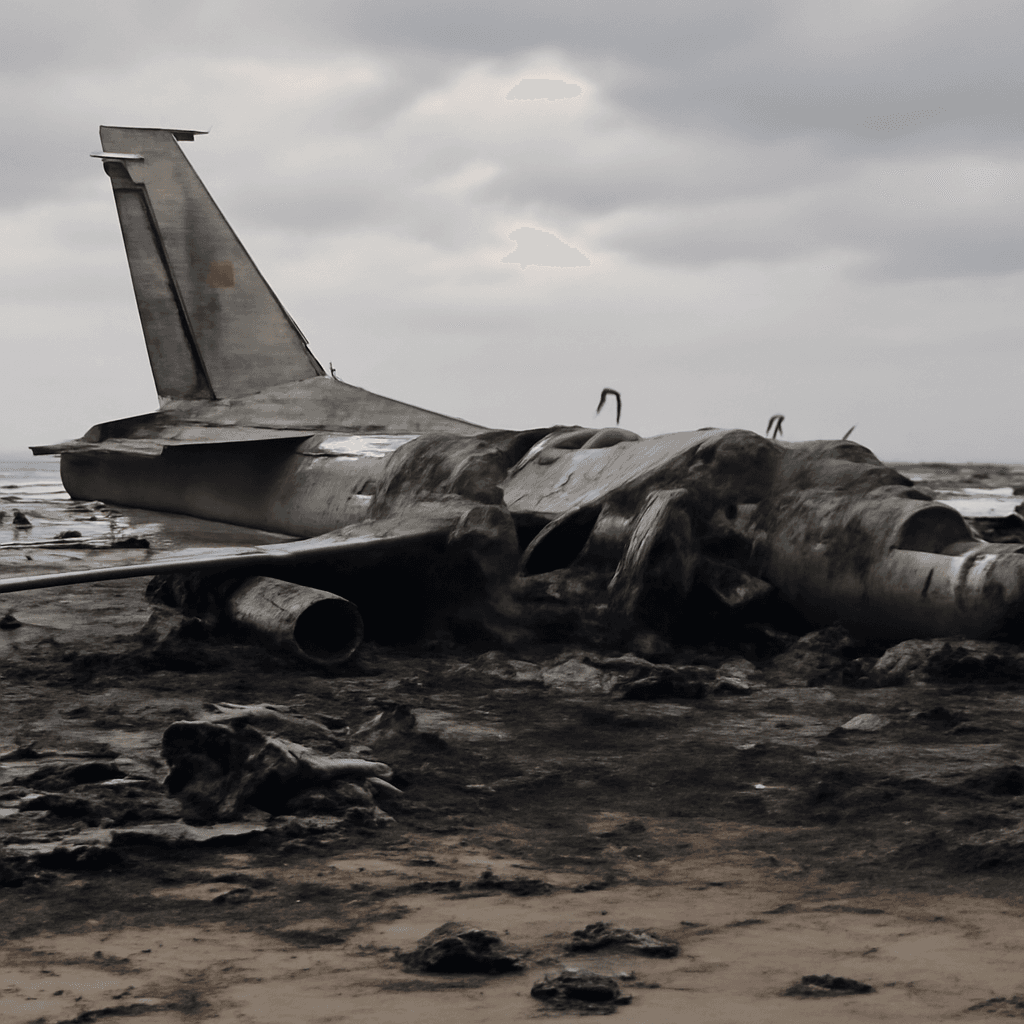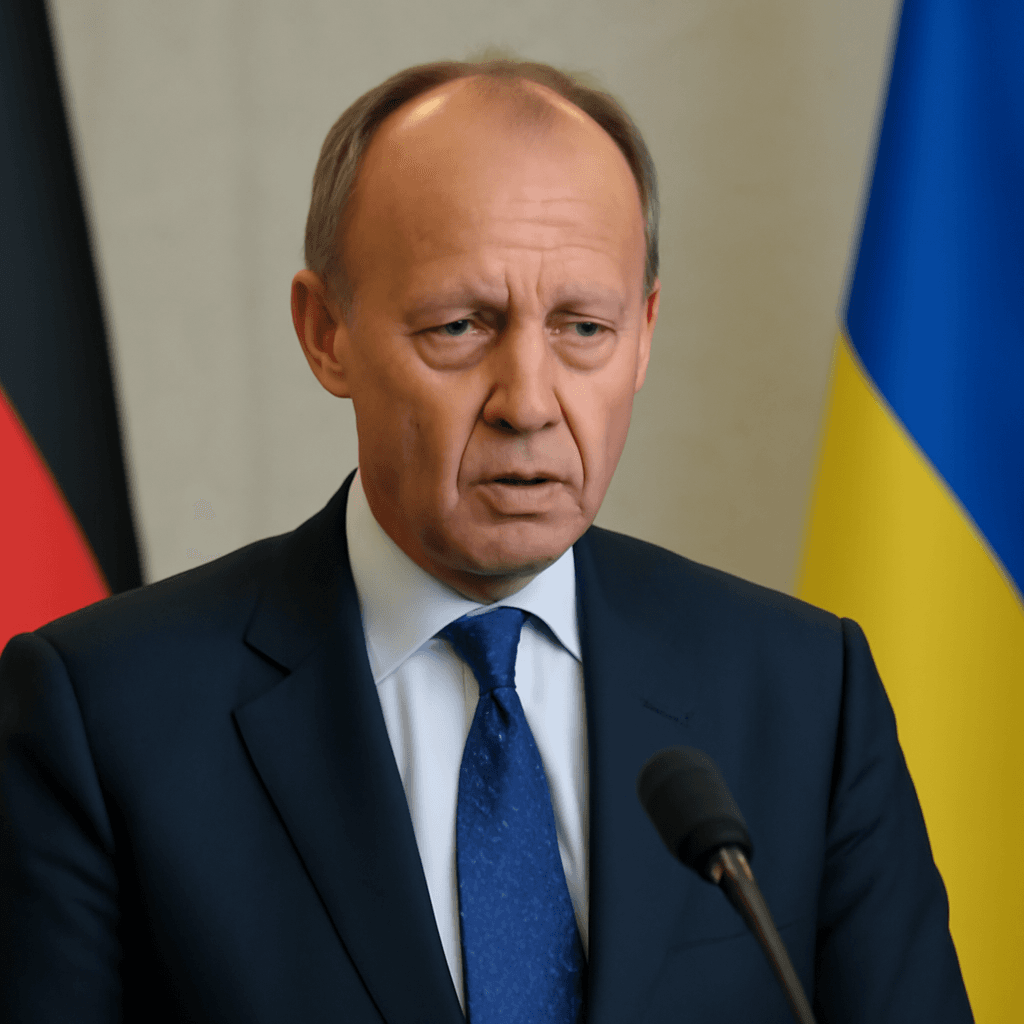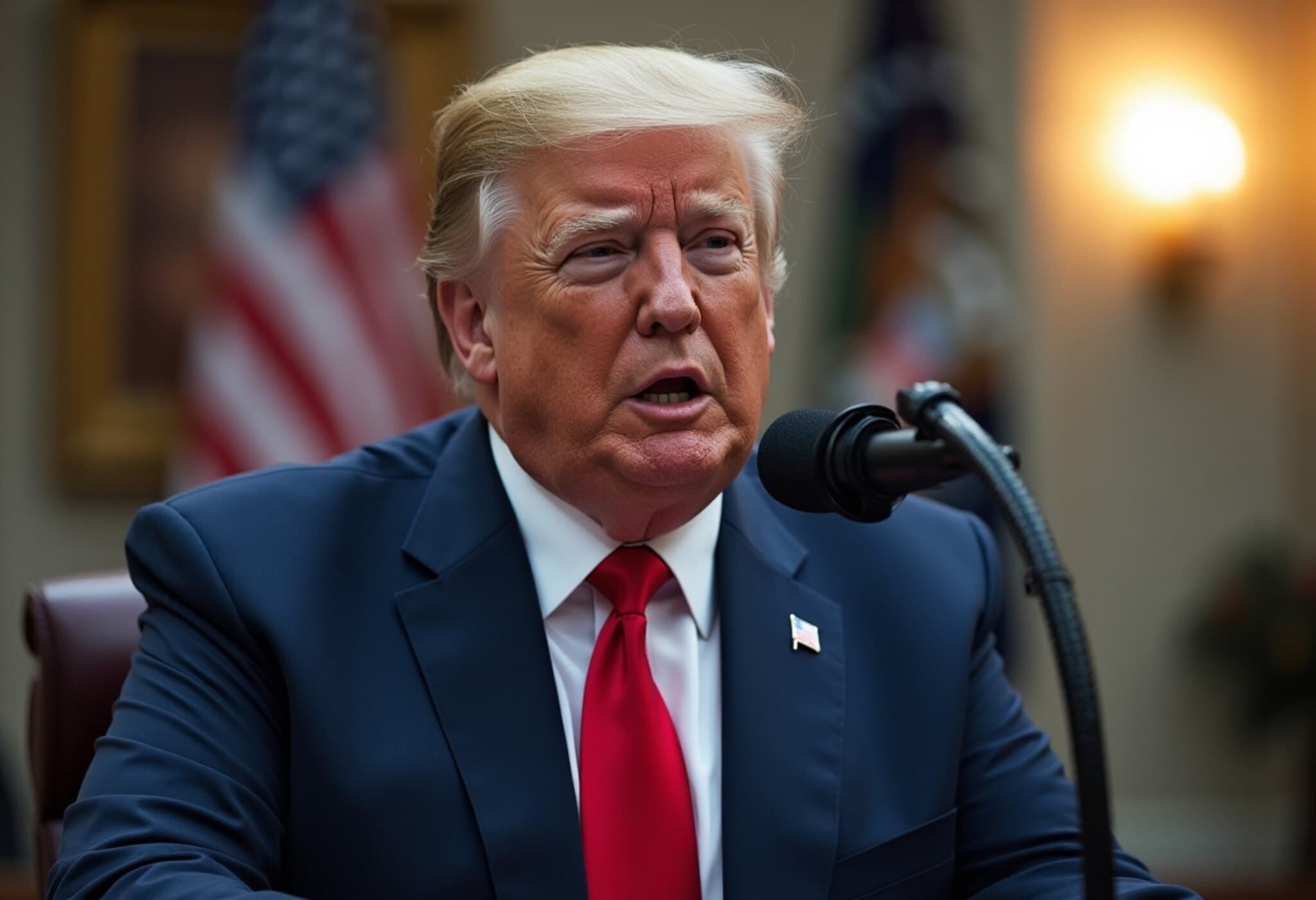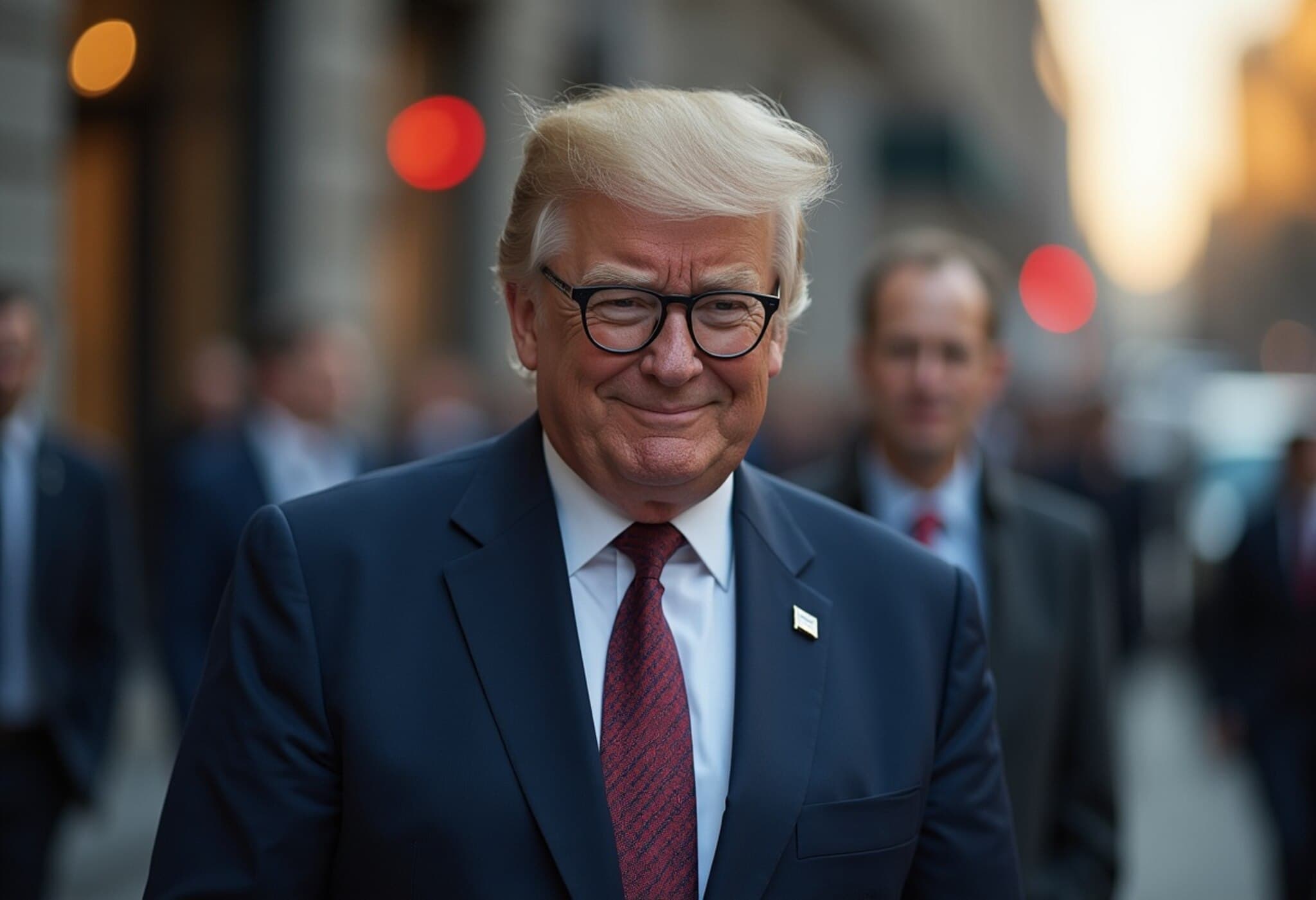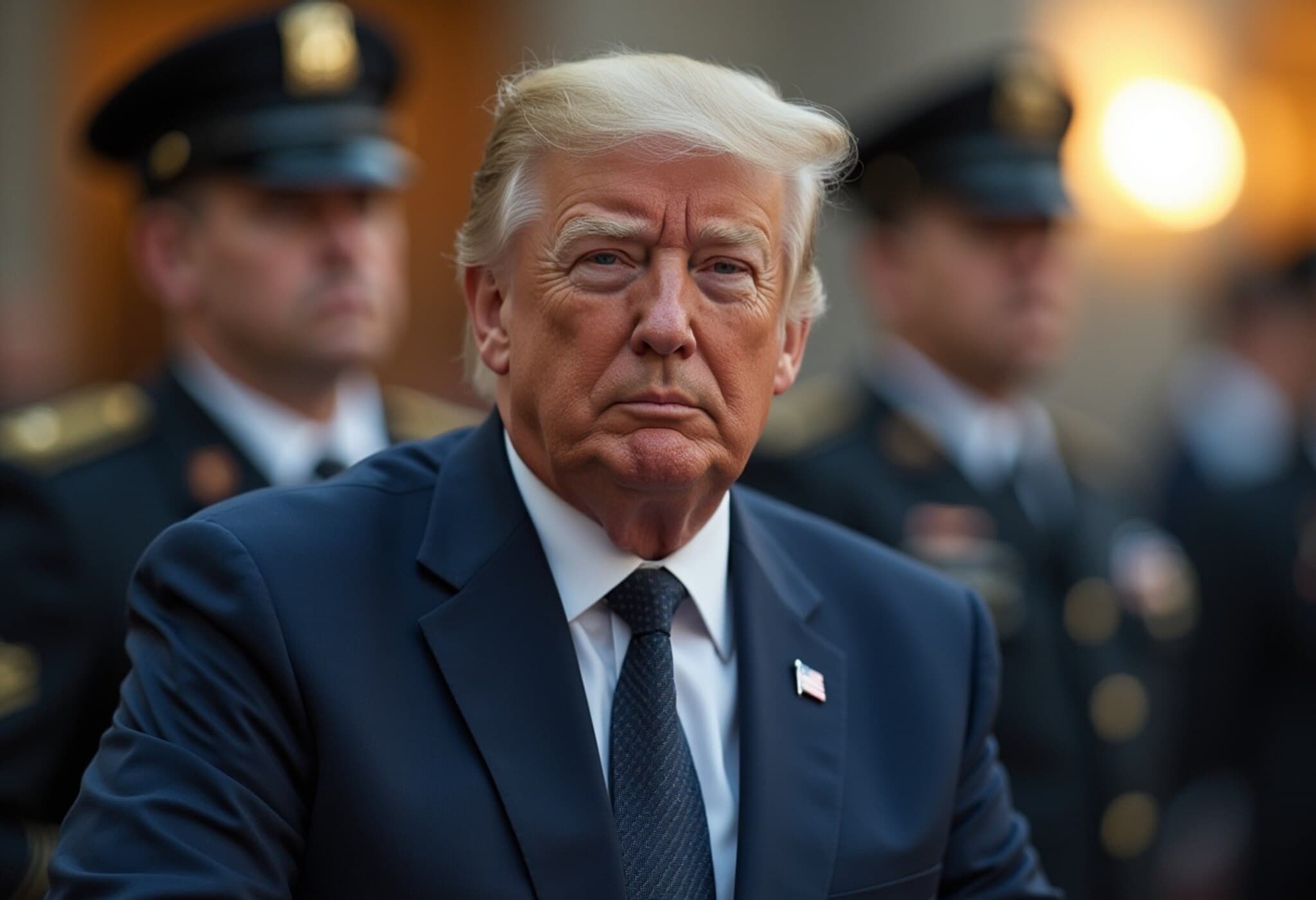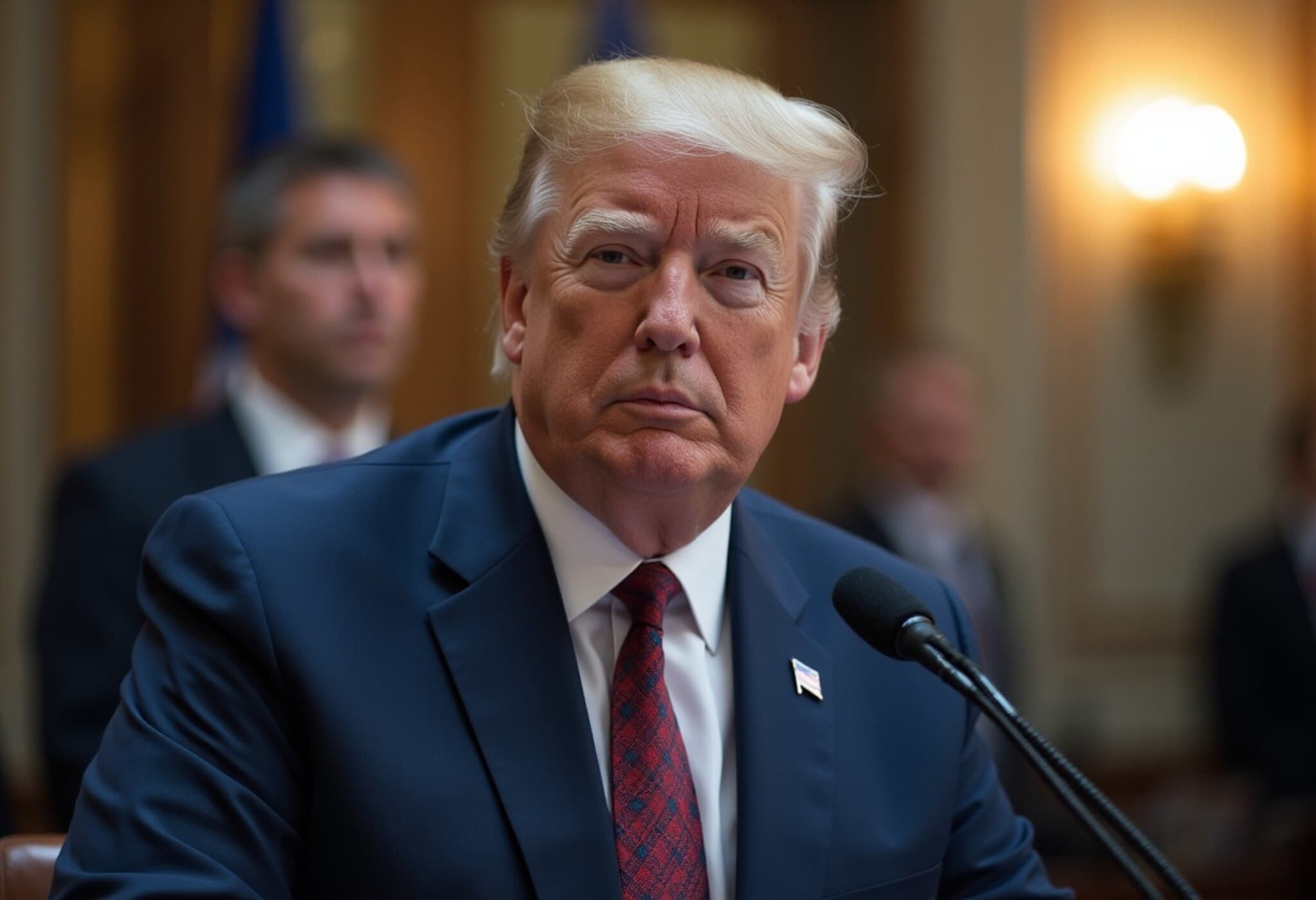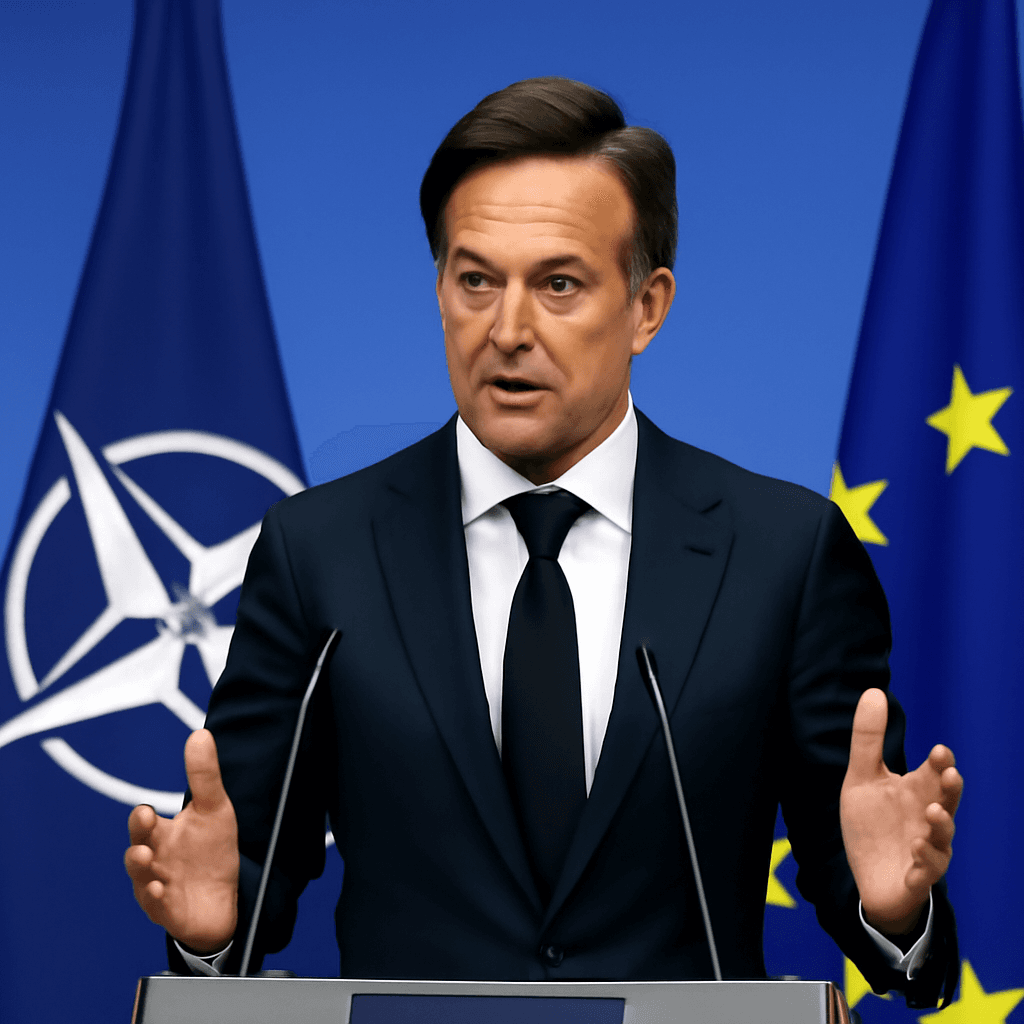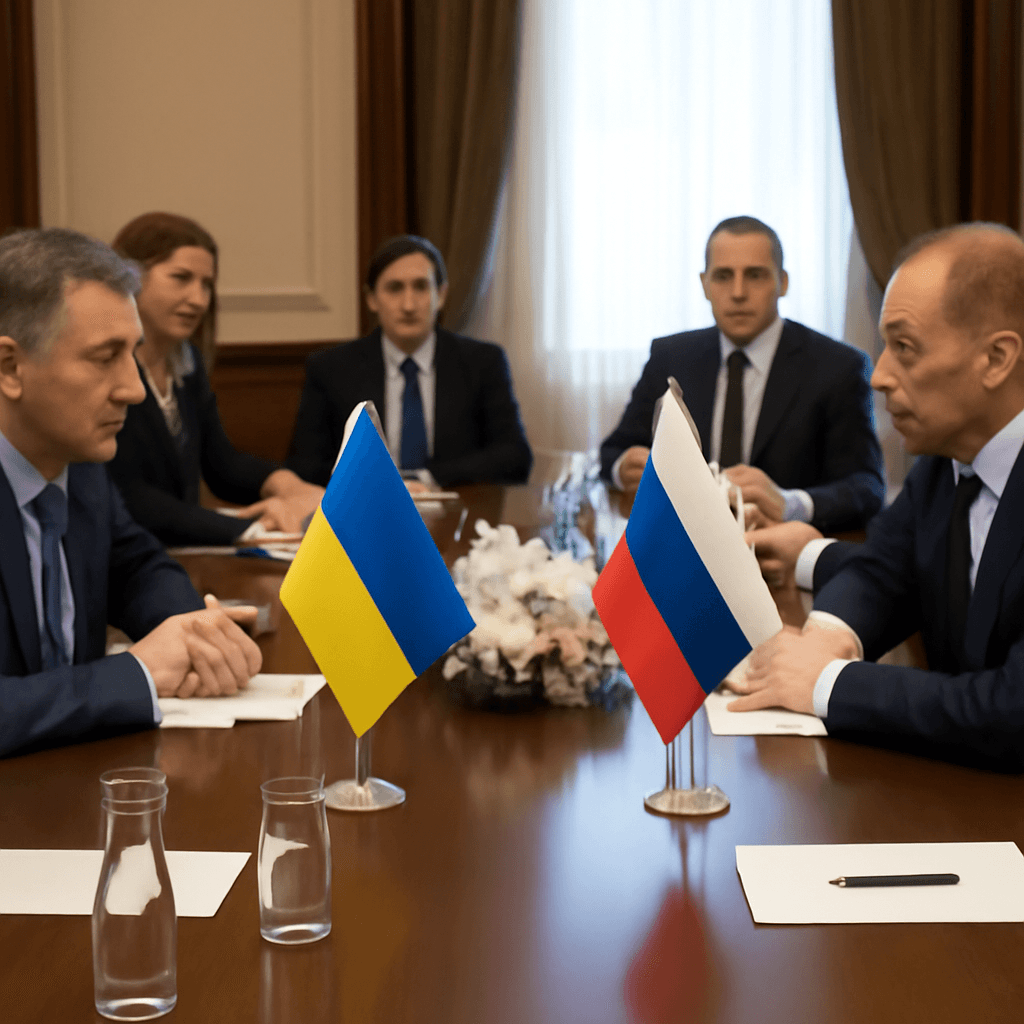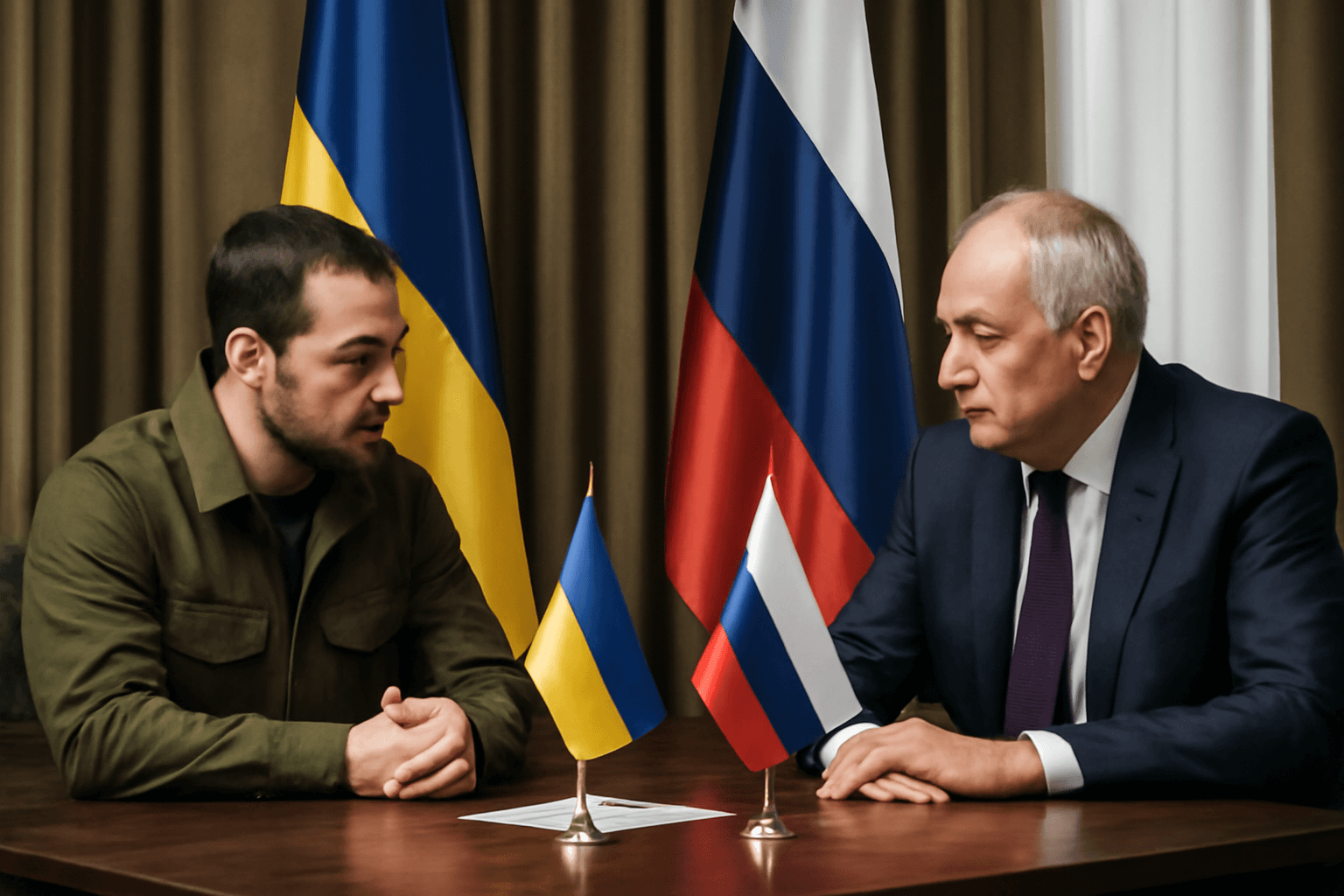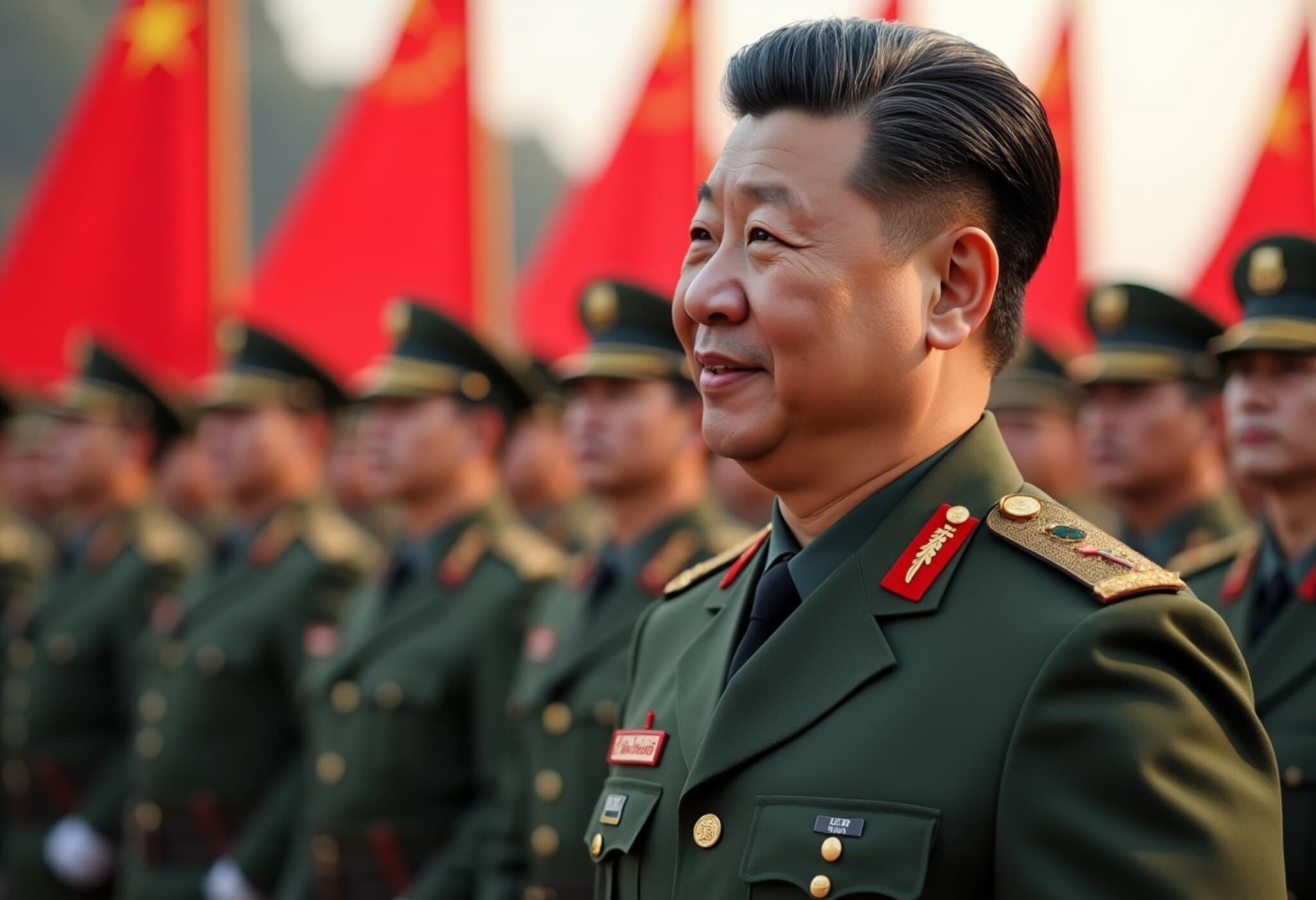Trump Comments on Ukraine’s NATO Prospects Amid Ongoing Conflict
On August 19, 2025, former US President Donald Trump made headlines by characterizing Ukraine as a “buffer zone” between Russia and Europe, firmly ruling out Kyiv’s accession to the North Atlantic Treaty Organization (NATO). His remarks come at a critical juncture in the prolonged Russia-Ukraine conflict, as international diplomatic efforts continue to seek a sustainable resolution.
Ukraine’s Role in Geopolitical Frictions: A “Buffer” State?
Trump’s description of Ukraine echoes a Cold War-era perspective, where nations caught between superpowers serve as geopolitical buffers to reduce direct confrontation risks. This framing suggests a recalibration of Western aspirations for Ukraine’s integration into Euro-Atlantic security structures, emphasizing a pragmatic approach to the current stalemate.
“Ukraine will not become a part of NATO,” Trump stated, underscoring skepticism toward expanding the alliance eastward during a delicate peace process.
Implications for Euro-Atlantic Security Architecture
Trump’s remarks highlight enduring questions over NATO’s enlargement policy— a subject of fierce debate among U.S. policymakers and European allies. The proposition that Ukraine should remain outside NATO aligns with concerns over provoking Russia, which has historically viewed NATO expansion as a direct threat to its national security interests.
This stance could influence ongoing peace talks and recalibrate U.S. and European strategies toward Russia and Ukraine, potentially prompting a shift toward diplomatic containment rather than military integration.
Expert Analysis: What Does This Mean for Ukraine?
- Security Assurance Concerns: Without NATO membership, Ukraine may face challenges securing formal defense guarantees, relying instead on bilateral support and diplomatic efforts.
- Regional Stability vs. Sovereignty: Positioning Ukraine as a buffer state risks undermining its sovereignty aspirations and fuels debate over national self-determination.
- Long-Term Peace Prospects: Experts argue that durable peace requires balancing deterrence with dialogue, making NATO’s role in this balance crucial yet contentious.
Contextualizing Trump’s Position Within U.S. Foreign Policy
While Trump is no longer president, his views continue to influence segments of U.S. political discourse, particularly regarding NATO’s strategic direction and relations with Russia. His pragmatic—some say transactional—approach contrasts with prevailing bipartisan support for Ukraine’s Western integration, presenting a challenging dynamic for policymakers.
What’s Next for Ukraine and NATO?
As the Russia-Ukraine war persists, the debate over Ukraine’s NATO ambitions remains emblematic of broader geopolitical fault lines. NATO members must weigh the risks of enlargement against the imperative to support Ukraine’s defense and democratic development.
The question remains: Can Ukraine serve as a stable buffer without sacrificing its sovereignty or the West’s security commitments?
Editor’s Note:
Trump’s framing of Ukraine as a buffer zone raises essential questions about national sovereignty, alliance politics, and the limits of military alliances in resolving deep-seated conflicts. While his perspective sheds light on realpolitik considerations, it also risks oversimplifying the aspirations of Ukrainians who seek full integration with European institutions. As diplomacy unfolds, the international community must navigate a nuanced path that balances deterrence, dialogue, and respect for Ukraine’s agency.

